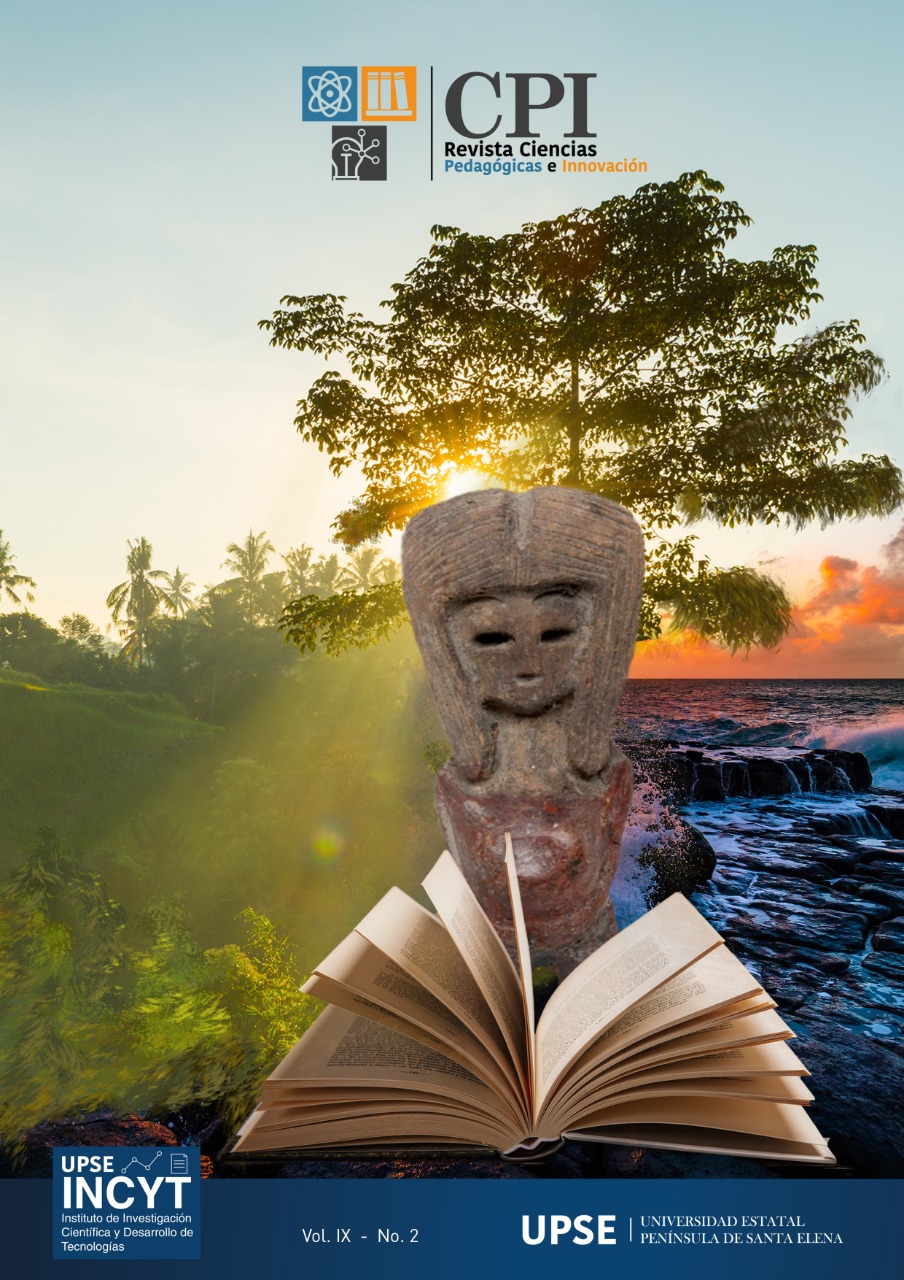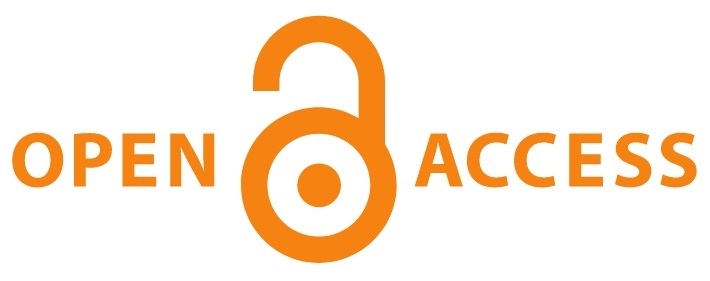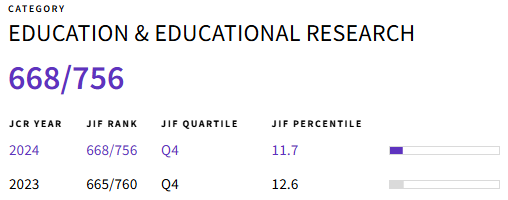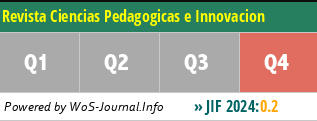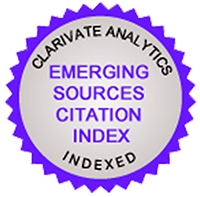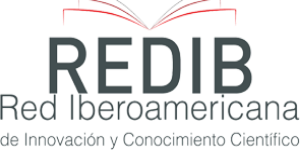Alternative Tourism: Religious Tourism Activities as a Development Strategy of the Nobol Canton
DOI:
https://doi.org/10.26423/rcpi.v9i2.478Keywords:
Religious tourism, sustainability, sustainable local developmentAbstract
The Nobol canton is a privileged destination for religious tourism, since Santa Narcisa de Jesús lived in the Hacienda San José and has been preserved until now and her stained body is found in the National Sanctuary that bears her name. The purpose of the research is to analyze religious tourism from the sustainable development of the local community. For this purpose, a non-experimental design and mixed methodology were used, supported by descriptive research. The information gathering techniques were the survey directed to visitors and residents and the interview directed to the personnel of the Municipal GAD and the Sanctuary. The results obtained show the interest in developing tourism in an orderly manner, the basic profile and preferences of the visitors and the perspectives of the residents regarding the activity as an income generator. In conclusion, it was evidenced that the contribution of religious tourism is beneficial and comprehensive for the sustainable development of the canton, since its negative effects are minimal and the economic, environmental and social advantages are numerous. It is ideal to carry out an annual information survey regarding tourist preferences, tourist services and the state of cultural, religious and natural heritage.
Downloads
References
Presentación del Anuario Pontificio 2019 y del “Annuarium Statisticum Ecclesiae 2017” [Internet]. Vatican.va. [citado el 8 de diciembre de 2021]. Disponible en: https://press.vatican.va/content/salastampa/es/bollettino/pubblico/2019/03/06/pres.html
Santuario - Santuario Nacional Santa Narcisa [Internet]. Ssnj.ec. 2021 [citado el 8 de diciembre de 2021]. Disponible en: https://www.ssnj.ec/santuario/
Instituto Nacional de Estadística y Censos. Primeras estadísticas oficiales sobre filiación religiosa en el Ecuador. 2012
Sarabia M, Guerrero W, Iñiguez R. Alternativas de turismo sostenible, comunidad de Olón, Santa Elena. Turismo y Desarrollo: contextos diversos. 2021; 2:151–70
Hernández Sampieri R, Mendoza Torres CP. Metodología de la Investigación: Las Rutas Cuantitativa, Cualitativa y Mixta [Internet]. Edificio Punta Santa Fe Prolongación Paseo de la Reforma 1015, Torre A:
McGraw-Hill Interamericana Editores; 2018. Disponible en: http://repositorio.uasb.edu.bo:8080/handle/54000/1292
Sánchez Flores FA. Fundamentos Epistémicos de la Investigación Cualitativa y Cuantitativa: Consensos y Disensos. Rev Digit Investig Docencia Univ [Internet]. 2019 [citado el 8 de diciembre de 2021];13(1):101–22. Disponible en: http://www.scielo.org.pe/scielo.php?script=sci_arttext&pid=S2223-25162019000100008
Maldonado Pinto JE. Metodología de la investigación social: Paradigmas: cuantitativo, sociocrítico, cualitativo, complementario. Carrera 27 #27-43: Ediciones de la U; 2018.
Otzen T, Manterola C. Técnicas de Muestreo sobre una Población a Estudio. International Journal of Morphology [Internet]. 2017 [citado el 20 de marzo de 2021]; 35:227–32. Disponible en:
https://scielo.conicyt.cl/scielo.php?pid=S0717-95022017000100037&script=sci_arttext
Hon. Consejo Provincial de la Provincia del Guayas y La Camara Provincial de Turismo del Guayas. Plan Maestro de Desarrollo Turístico de la Provincia del Guayas [Internet]. 2008. Disponible en: http://blog.espol.edu.ec/ricardomedina/files/2009/03/plan-maestro-de-desarrollo-turastico-volasmen-2.pdf
Mora-Jácome VL, Ludeña-Reyes A-P, Ochoa-Ochoa T-J, Sánchez-Cevallos E. Motivaciones del turista religioso–peregrino y su satisfacción. Int J Prof Bus Rev [Internet]. 2018;3(1). Disponible en: http://dx.doi.org/10.26668/businessreview/2018.v3i1.79
Hunt M, Mancero M, Aguilar E. Diagnóstico de la realidad del turismo religioso en el cantón Nobol, y perfil de la propuesta casa Narcisa de Jesús. Espol Ciencia [Internet]. 2009; Disponible en: http://www.dspace.espol.edu.ec/xmlui/handle/123456789/4745
Arroyo Cobeña MV. Importancia del turismo para el desarrollo local de la provincia Manabí. RECUS Revista Electrónica Cooperación Universidad Sociedad ISSN 2528-8075 [Internet]. 2018;3(1):44. Disponible en: http://dx.doi.org/10.33936/recus.v3i1.1284
Millán Vázquez de la Torre G, Pérez LM. El turismo religioso en distintas zonas geográficas de España: características de los turistas. BolAsoc Geógr Esp [Internet]. 2017; Disponible en: http://dx.doi.org/10.21138/bage.2491
Gambarota DM, Lorda MA. El turismo como estrategia de desarrollo local. Revista Geografica venezolana [Internet]. 2017;58(2). Disponible en: https://www.redalyc.org/pdf/3477/347753793006.pdf
Funes LA, Romero I. Analisis del desarrollo sostenible del turismo en el Ecuador desde la perspectiva de la economia. Delos: Desarrollo Local Sostenible [Internet]. 2015; Disponible en: https://www.eumed.net/rev/delos/24/turismo.html
GAD Municipal del Canton Nobol. Plan de Desarrollo y Ordenamiento Territorial 2014-2019 [Internet]. 2015. Disponible en: http://app.sni.gob.ec/sni-link/sni/PORTAL_SNI/data_sigad_plus/sigadplusdocumentofinal/0960006180001_PDYOT%20NOBOL_15-03-2015_17-44-51.pdf
Lomas V, Pluas K. Gestion turistica local para el desarrollo. Revista de Turismo, Patrimonio y Desarrollo [Internet]. 2020;12. Disponible en: http://www.turpade.com/noticia.asp?r=3&IDArticulo=88&IDGrupo=3&s=
Downloads
Published
Issue
Section
License
El titular de los derechos de autor de la obra, otorga derechos de uso a los lectores mediante la licencia Creative Commons Atribución-NoComercial-CompartirIgual 4.0 Internacional. Esto permite el acceso gratuito inmediato a la obra y permite a cualquier usuario leer, descargar, copiar, distribuir, imprimir, buscar o vincular a los textos completos de los artículos, rastrearlos para su indexación, pasarlos como datos al software o usarlos para cualquier otro propósito legal.
Cuando la obra es aprobada y aceptada para su publicación, los autores conservan los derechos de autor sin restricciones, cediendo únicamente los derechos de reproducción, distribución para su explotación en formato de papel, así como en cualquier otro soporte magnético, óptico y digital.

